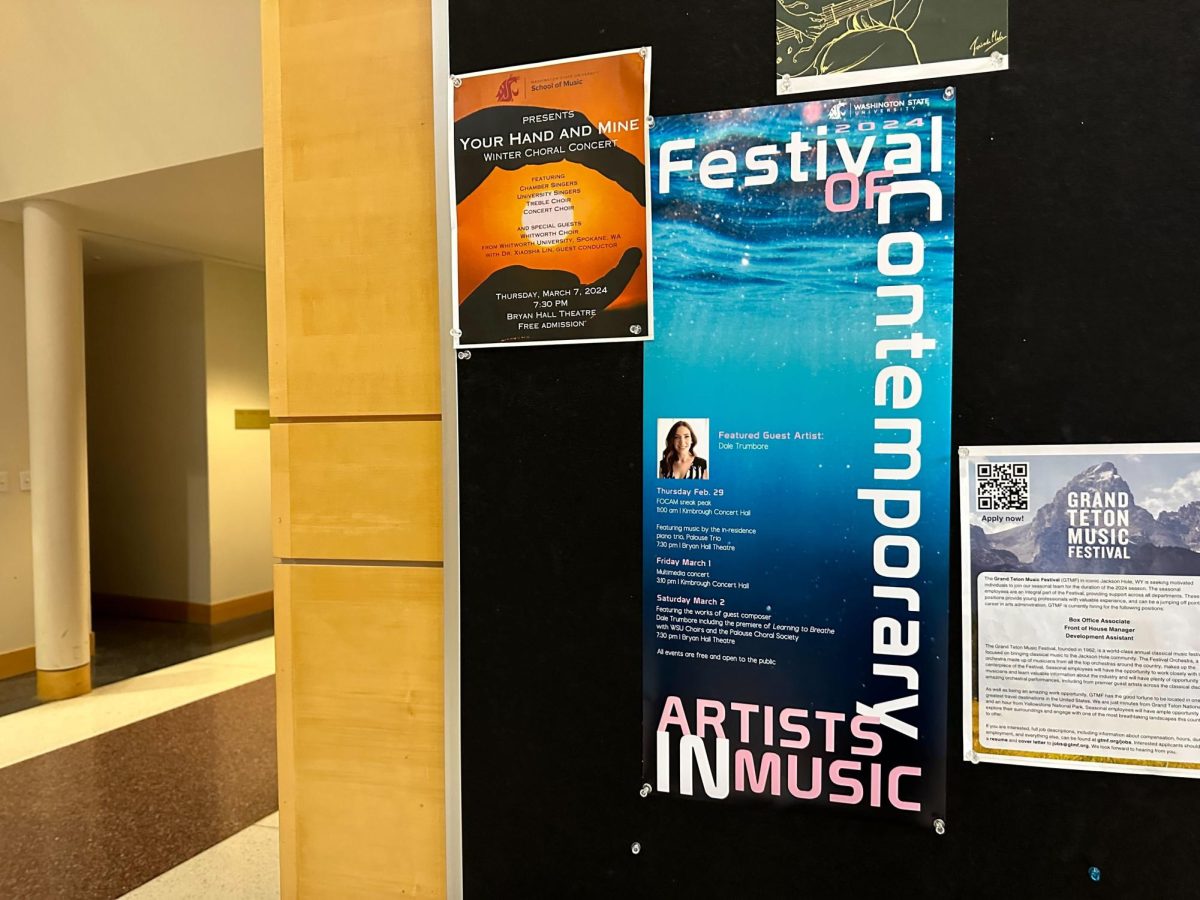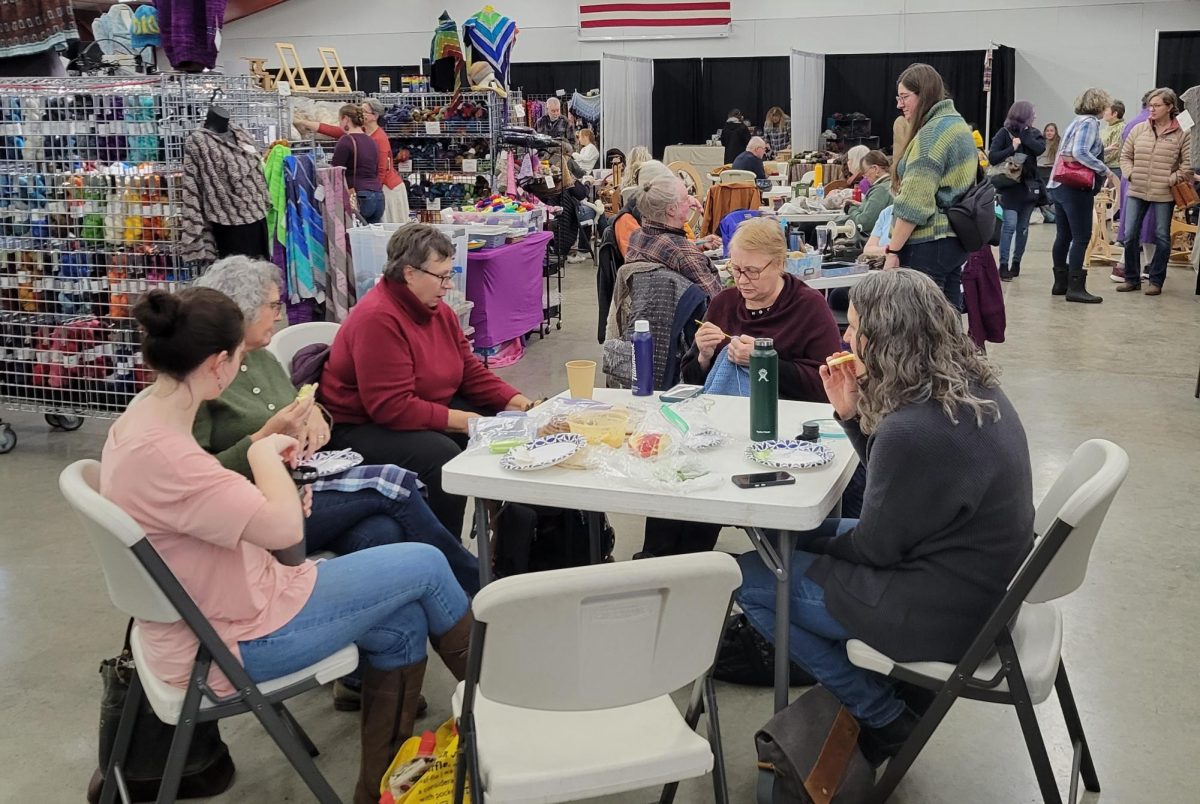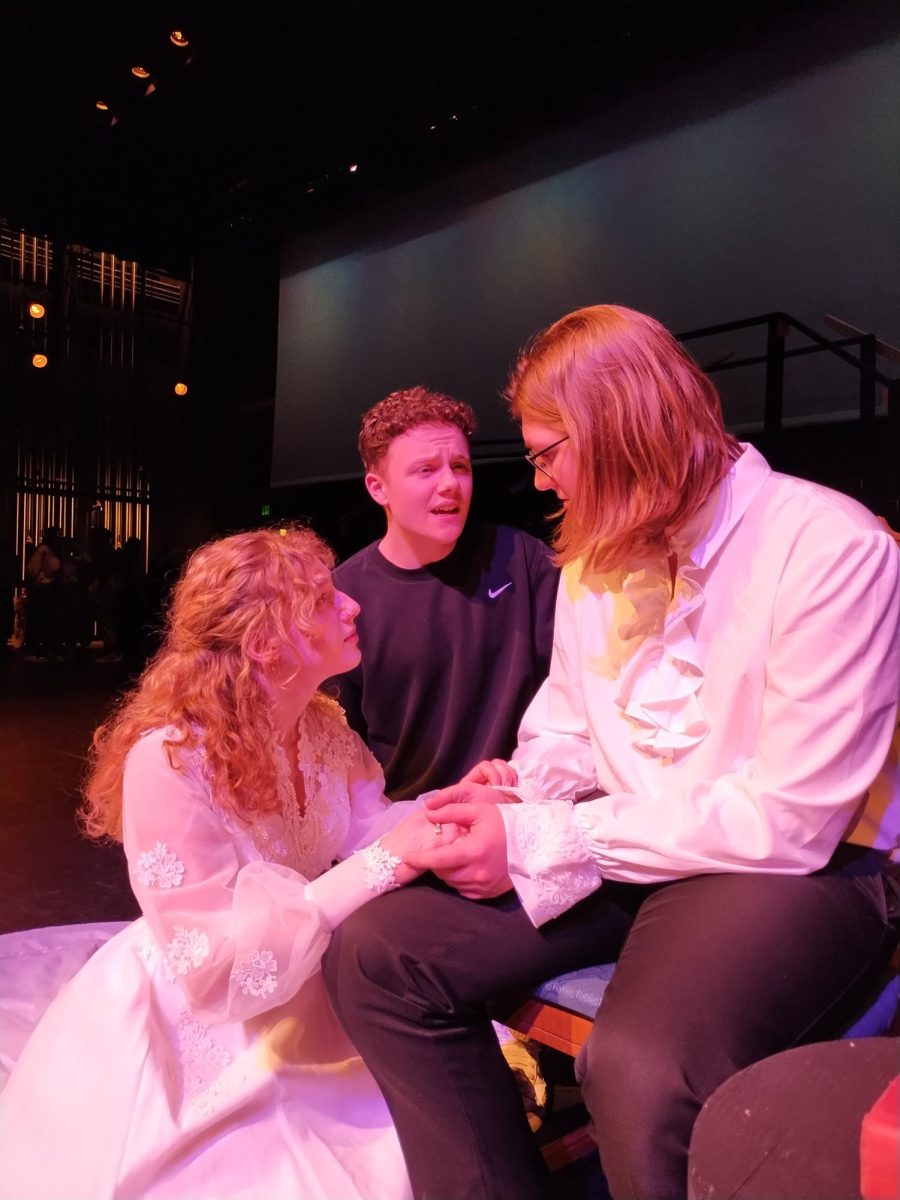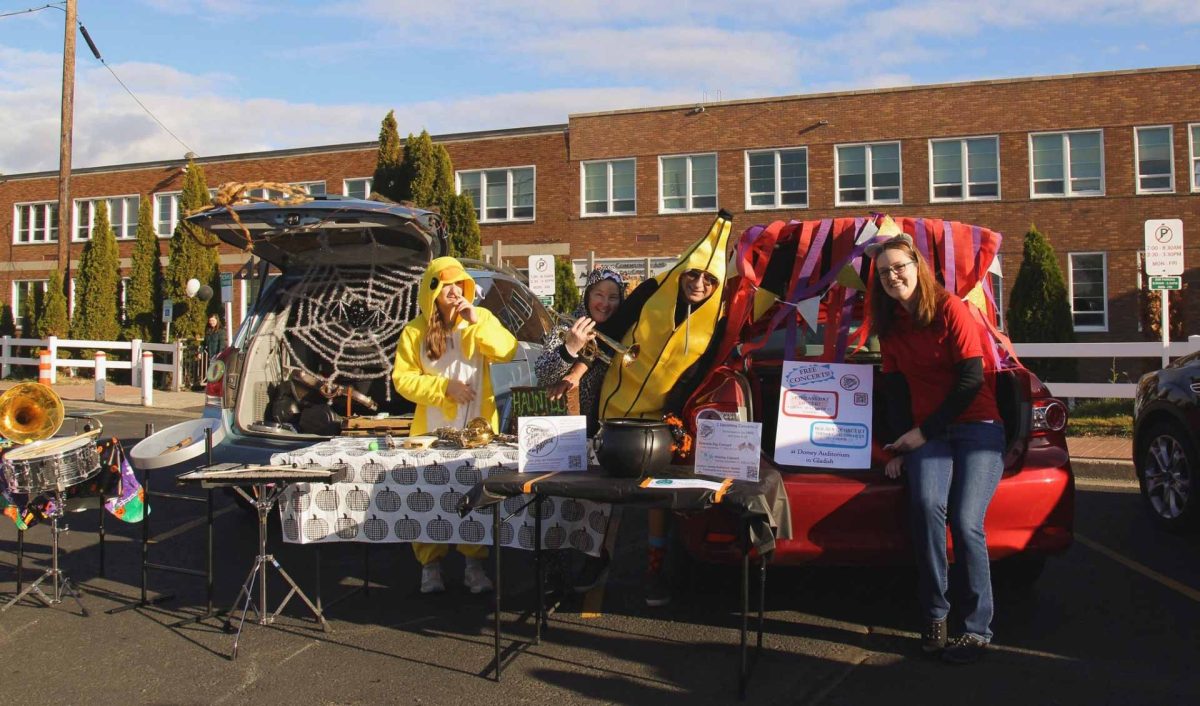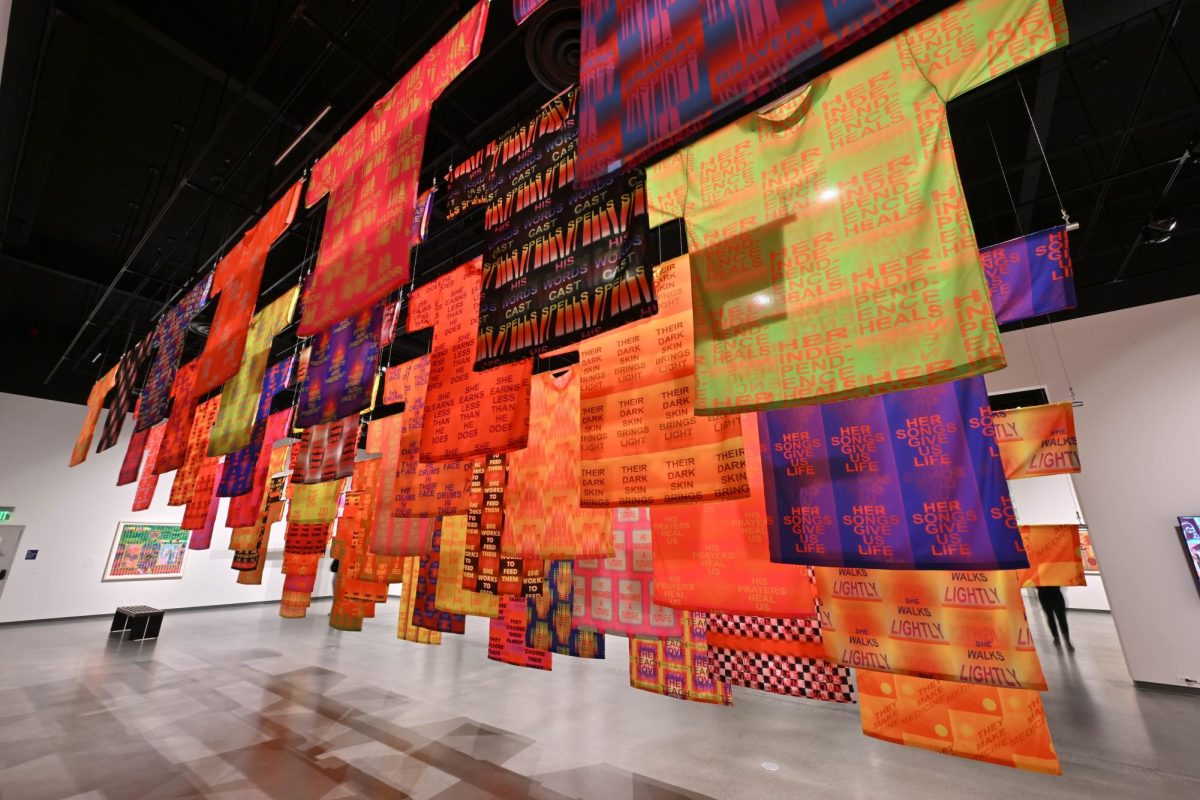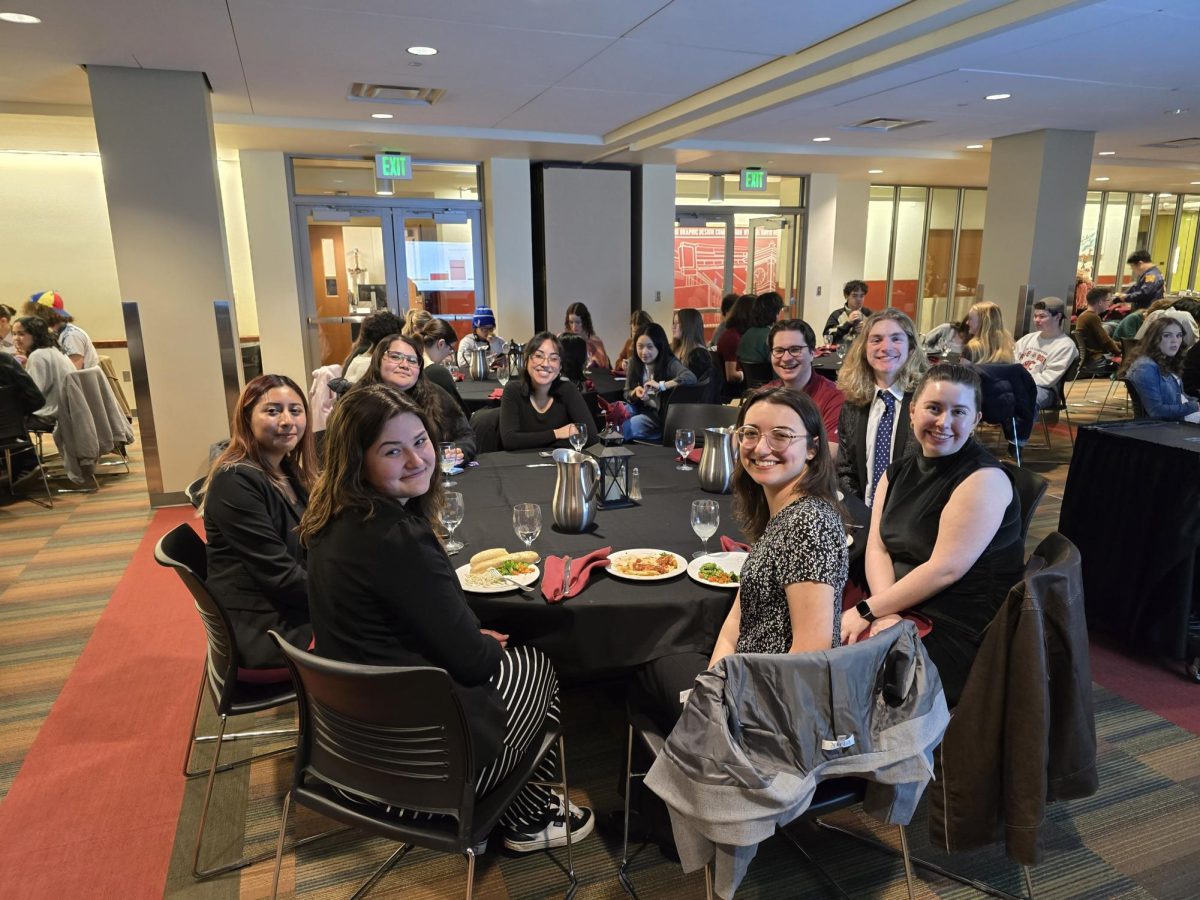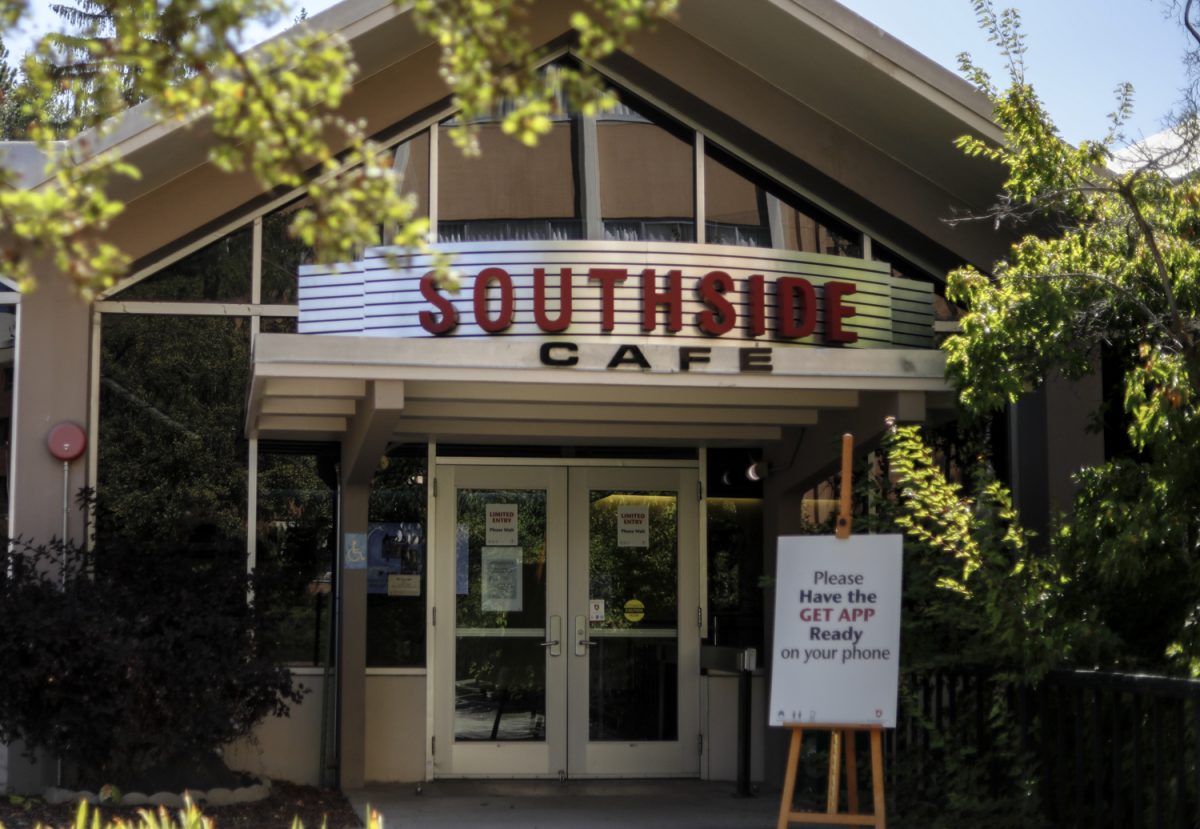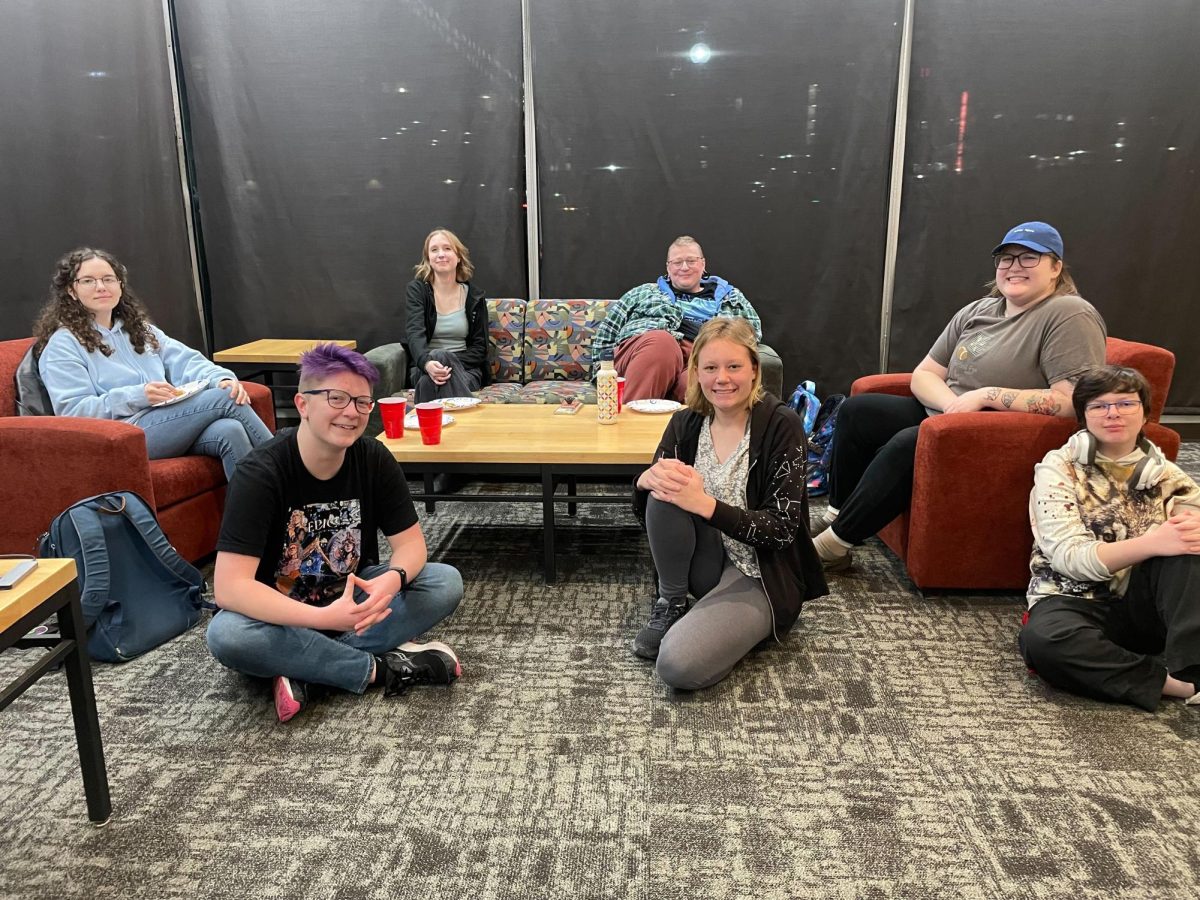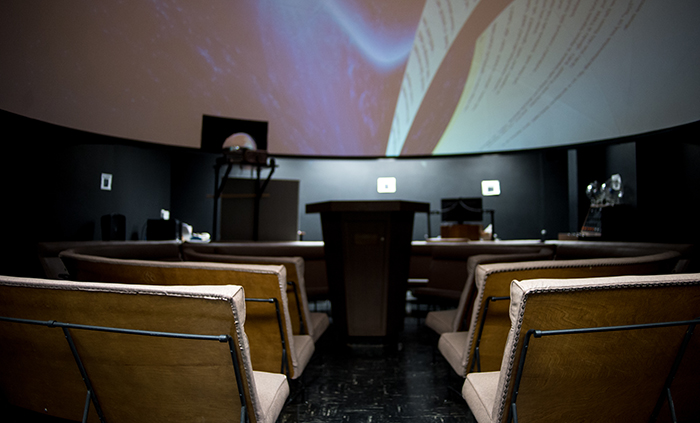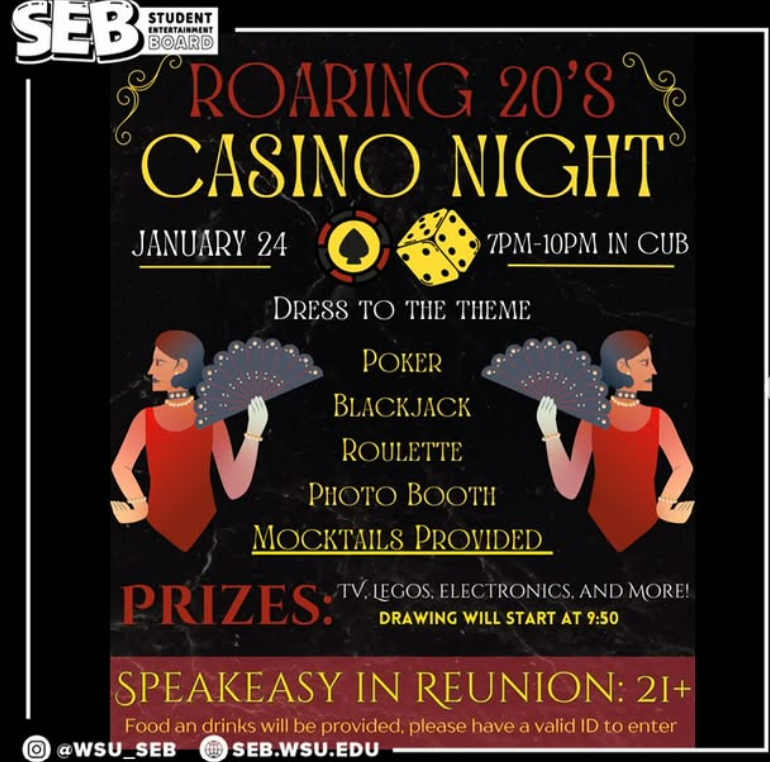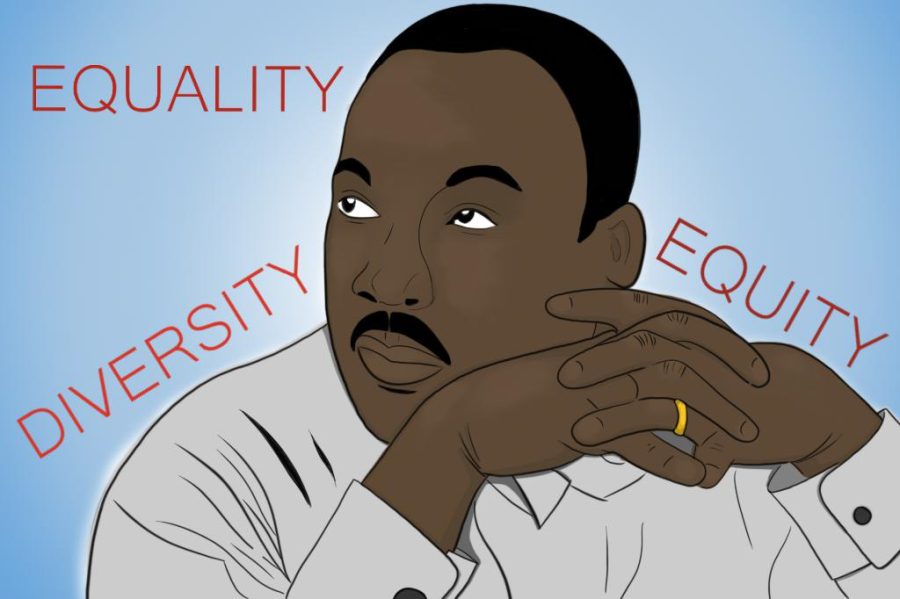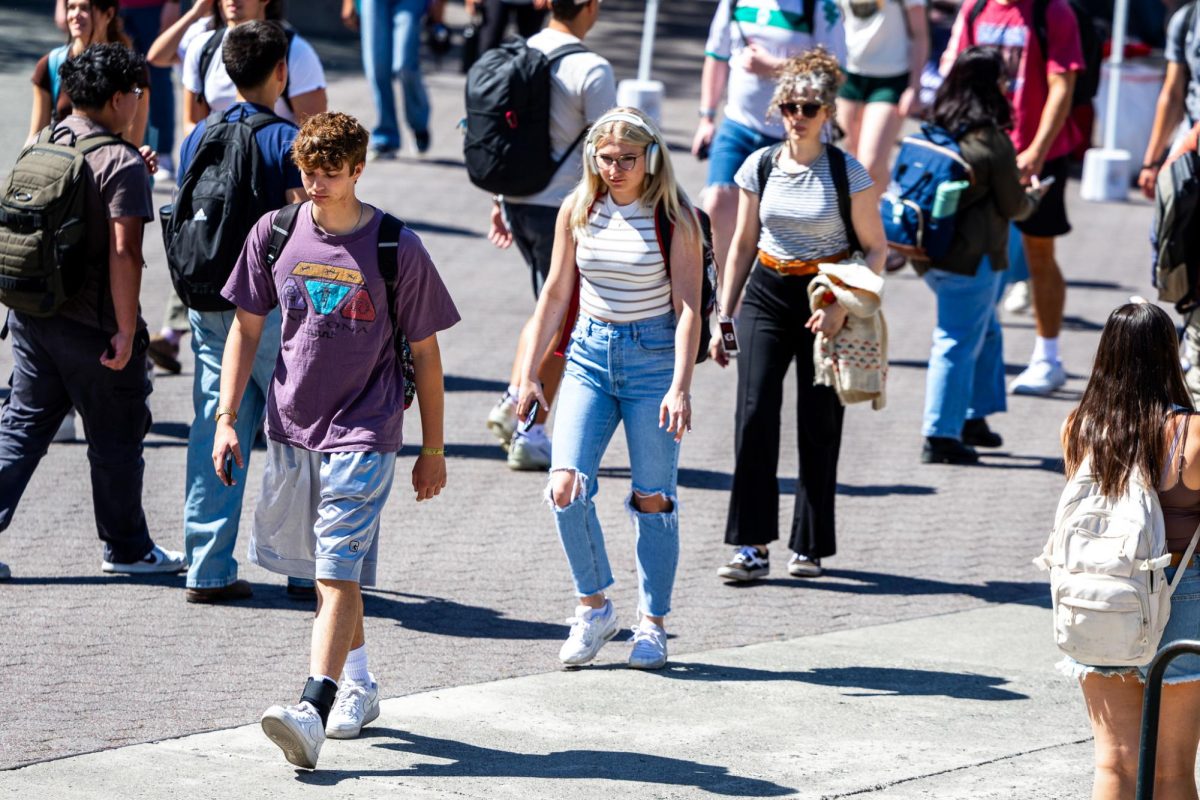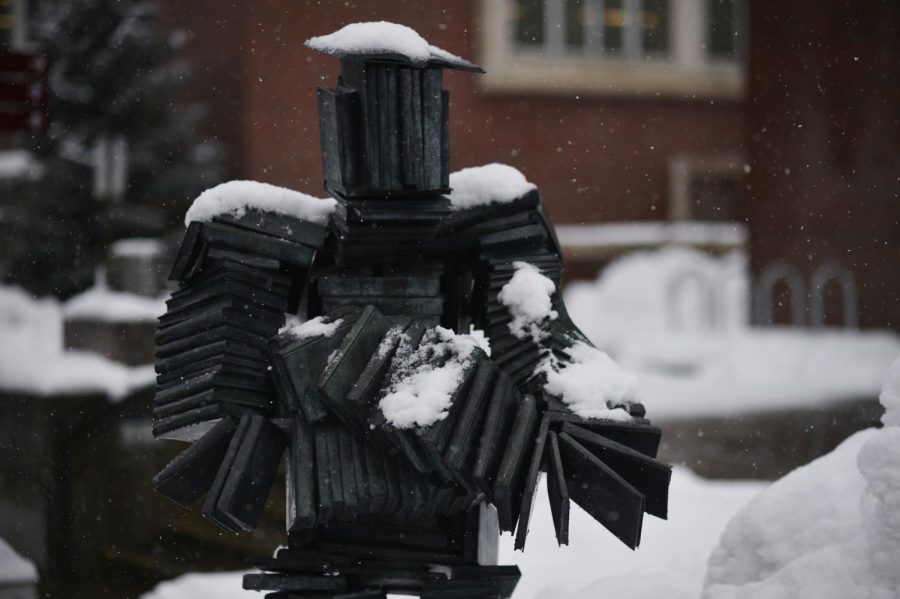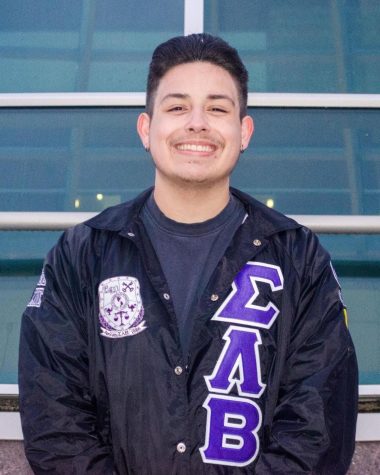The real history of Thanksgiving is a longer story than what is normally thought about, WSU historian Ryan Booth said at a Thanksgiving Talk the Native American Women’s Association and Ku-Ah-Mah hosted Nov. 7.
Booth, tribal name Keahu, specializes in the history of the United States during the 19th and early 20th centuries, and is a member of the Upper Skagit tribe of Washington state.
During this talk, Booth covered real-life events that tied together the real history of Thanksgiving.
“The English create this myth and this unique holiday that leaves out all those other stories, leaves out Indigenous slavery, leaves out these intertribal rivalries and leaves out Indigenous people having a role in this place,” Booth said.
Tisquantum, a member of the Patuxet tribe of the Wampanoag people, played a major role prior to the first Thanksgiving. Tisqauntum could speak English and later became a translator for the English.
“Tisquantum teaches the pilgrims about the fur trade and growing Indigenous crops. Tisquantum worked with Ousamequin, often inaccurately called Massasoit, which is the title of chief or leader in the community,” Booth said.
The Wampanoag tribe was afraid of the powerful Narragansett tribe in New England and tried to ally with the English to make sure they were not wiped out, which Booth said was “a devil’s bargain.”
Booth referenced a diary entry by Edward Winslow, one of the English, who wrote that after the English “gathered fruits of [their] labor,” they shot their guns, feasted and entertained for five days in celebration.
“This sounds like a party, which is what the pilgrims called rejoicing. It meant all those things that we just talked about, eating, shooting guns, drinking, contests of strength and endurance,” Booth said.
Words of success spread after the good harvests, and more people started coming to New England, Booth said.
European settlers came with adversities like disease wiping out villages, a new government, religious conversion and war in order to secure land, according to the Wampanoag Tribe Of Gay Head. The Wampanoag people endured difficult times after helping the pilgrims in the 1600s.
Tisquantum caught what Plymouth colony Governor William Bradford called “Indian fever” in late 1622. Tisquantum died Nov. 30, 1622.
Reverend Alexander Young combined rejoicing with autumn harvest festivals in 1841 and called it Thanksgiving, Booth said.
Thanksgiving became about eating too much for a day, Booth said.
“I hope that we can listen to the voices that are calling out to us from the past, continue to not forget our traditions, who we are, and where we came from,” Booth said.



